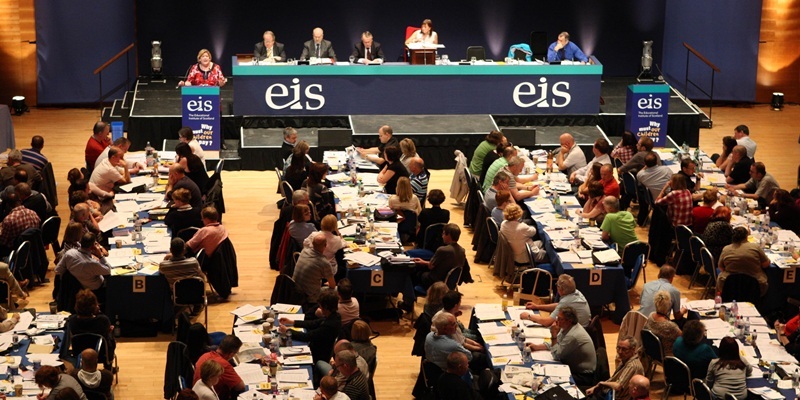Newly-qualified teachers are facing a “bleak” future, Scotland’s biggest teaching union has warned.
The EIS was commenting after the release of a survey that found only a fifth of teachers who completed their probationary period in schools a year ago have since found permanent, full-time jobs.
Ronnie Smith, union general secretary, said, “These are a particularly alarming set of figures, which illustrate just how difficult it is for new teachers to secure a permanent job upon completion of their induction year.”
He said it was essential for the Scottish Government and councils to improve the number and quality of jobs available for new teachers.
“It is simply unacceptable to abuse the induction scheme by employing probationer teachers for one year, then failing to provide adequate career prospects following the induction year.
“Falling numbers of teachers, combined with the increase in short-term and temporary contracts, are combining to create a new underclass of new teachers, employed where they are employed at all on precarious employment contracts with little hope of a permanent job or career progression.”
Mr Smith also defended the decision by the EIS to accept a pay and conditions deal opposed by the other main teaching unions, saying it chose to prioritise protecting teachers’ jobs and deliver better opportunities for those entering the profession.
Ann Ballinger, general secretary of the Scottish Secondary Teachers Association, called for a freeze in teacher training to reduce competition for places, making it easier for teachers to find work.
She said older teachers had been unable to retire early because of the financial downturn.
The survey of more than 1200 teachers found that only 20.5% had permanent, full-time jobs compared to 48.0% in 2006/07.
There was a rise in the number of ex-probationers in temporary posts and one in six were unemployed.
Education secretary Mike Russell said, “The latest jobseekers allowance figures show that we are beginning to see real progress in tackling teacher unemployment, with year-on-year teacher unemployment in Scotland falling for the eighth month in a row.”
He added, “Teacher unemployment remains lower in Scotland than anywhere else in the UK.”
He said the figures did not take into account the deal done at the end of last year with councils to offer a post for every new probationer, posts for all finishing probationers to apply for and more posts, to cut teacher unemployment further.
Tory education spokeswoman Liz Smith said the problem was “a huge concern” and called for an end to “rigidities within the labour market for teachers” and more say for schools on recruitment.
Labour’s Ken Macintosh said the SNP must bring in “the comprehensive plans for teachers’ jobs promised in their election manifesto,” while Lib Dem spokesman Liam McArthur said he was worried that probationers would “walk away” when unable to find work.
